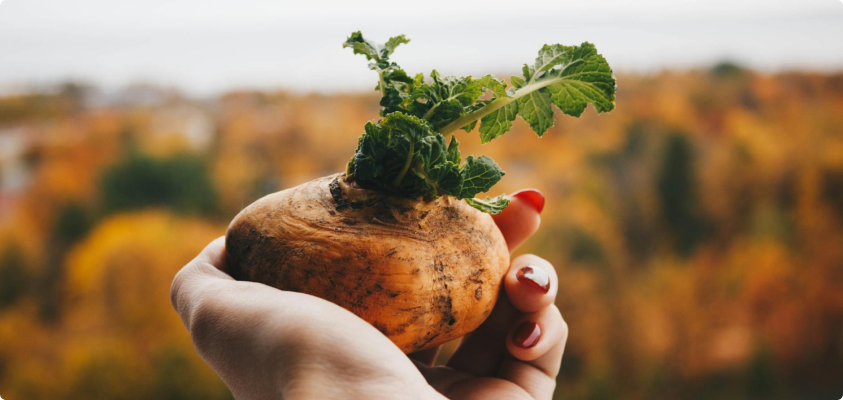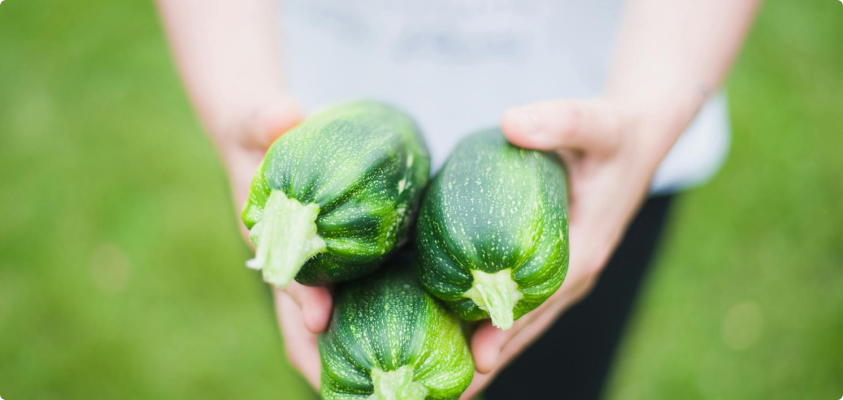1. Planning Your Vegetable Garden
Choose the Right Location:
- Sunlight: Select a spot that receives at least 6-8 hours of direct sunlight daily.
- Accessibility: Ensure the location is easily accessible for watering, harvesting, and maintenance.
- Drainage: Avoid areas with poor drainage to prevent waterlogged soil.
Select Your Vegetables:
- Climate Considerations: Choose vegetables suited to your local climate and growing season.
- Space and Yield: Consider the amount of space each plant needs and the yield you expect. Compact and high-yielding varieties are ideal for smaller gardens.
Plan Your Layout:
- Row Arrangement: Organize plants in rows or raised beds to maximize space and accessibility.
- Companion Planting: Group plants that benefit each other and avoid planting those that compete for resources.
2. Preparing the Soil
Test the Soil:
- Soil Test Kit: Use a soil test kit to determine soil pH and nutrient levels.
- Adjustments: Amend the soil based on test results, adding lime to raise pH or sulfur to lower it if needed.
Improve Soil Structure:
- Organic Matter: Incorporate organic matter like compost, aged manure, or leaf mold to improve soil fertility and structure.
- Tillage: Loosen the soil to improve aeration and drainage, but avoid over-tilling, which can disrupt soil structure.
Construct the Fire Pit:
- Benefits: Apply mulch to retain moisture, suppress weeds, and regulate soil temperature.
- Types: Use organic mulch such as straw, wood chips, or shredded leaves.
3. Planting Your Vegetables
Timing:
- Planting Dates: Follow local planting calendars to sow seeds or transplant seedlings at the right time.
- Frost Dates: Be aware of the average last frost date in spring and first frost date in fall to avoid damage to tender plants.
Planting Techniques:
- Seeds: Sow seeds at the recommended depth and spacing. Cover lightly with soil and water gently.
- Seedlings: Transplant seedlings after they have established strong roots and are hardened off to outdoor conditions.
Watering:
- Consistency: Water regularly to keep the soil consistently moist but not waterlogged.
- Technique: Use a soaker hose or drip irrigation to deliver water directly to the soil, reducing evaporation and runoff.
4. Caring for Your Garden

Weeding:
- Regular Maintenance: Remove weeds promptly to reduce competition for nutrients and water.
- Mulch: Mulch helps suppress weed growth and reduce the need for frequent weeding.
Fertilizing:
- Nutrients: Use a balanced fertilizer or compost to provide essential nutrients.
- Application: Follow the recommended application rates and timing for each type of vegetable.
Pest and Disease Control:
- Monitoring: Regularly check plants for signs of pests or diseases.
- Natural Remedies: Use organic pest control methods such as neem oil, insecticidal soap, or natural predators.
Pruning and Training:
- Pruning: Remove dead or diseased foliage to promote healthy growth.
- Training: Use stakes, cages, or trellises to support climbing or sprawling plants.
5. Harvesting
Timing:
- Maturity: Harvest vegetables at their peak maturity for the best flavor and texture.
- Signs of Ripeness: Learn the specific signs of ripeness for each type of vegetable.
Techniques:
- Gentle Handling: Handle vegetables carefully to avoid bruising or damaging the plants.
- Regular Harvesting: Regularly harvest vegetables to encourage continued production and prevent overripening.
6. End-of-Season Care
Clean Up:
- Remove Debris: Clear out spent plants, weeds, and fallen leaves to prevent disease and pest buildup.
- Compost: Add healthy plant material to your compost pile or bin.
Soil Preparation:
- Amendments: Add compost or organic matter to replenish soil nutrients.
- Cover Crops: Consider planting cover crops to improve soil structure and fertility over the winter.
Planning for Next Year:
- Review: Assess what worked well and what didn’t. Plan adjustments for the next growing season.
- Seed Catalogs: Review seed catalogs and order seeds early to prepare for the next planting season.
Conclusion
“>Growing and maintaining a thriving vegetable garden involves careful planning, soil preparation, regular care, and timely harvesting. By selecting the right location, choosing suitable vegetables, and providing consistent care, you can enjoy a bountiful harvest of fresh, homegrown produce. Embrace the process as a learning experience and adjust your approach as needed to achieve the best results for your garden.
